“There’s always something different to discover”
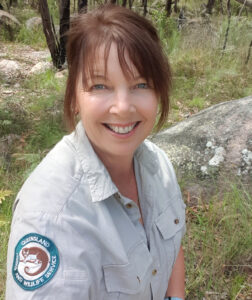
This is the transcript from Season 2, Episode 5 of the Outdoors is my Therapy Podcast with my friend Jolene Nelson.
Unpredictable, Surprising Nature
Kathryn: Hello and welcome back to The Outdoors is My Therapy podcast. I’m your host, Kathryn Walton. This is series two and each episode you’ll get to meet one of my friends who’ll share what inspires them about the outdoors. Each episode is just a few minutes long, like a little snack of information and inspiration that feeds your mind and your heart and reconnects you with the therapeutic benefits of the outdoor world.
Do you love routine, predictability and consistency? You know, the same, same of life, so that you know exactly what to expect each moment? Or do you thrive with change, with surprises and unpredictability and believe that variety is the spice of life? Humans are wired to appreciate predictability as well as unpredictability.
You will notice that for yourself and other people you know that we each have a preference for one or the other in various situations. You can also see elements of predictability and unpredictability in the natural world around you.
Predictability can be calming and reassuring. It can ease the mind, and it allows us to simplify life. We put things in categories or boxes, and we know what to expect. We’re prepared for how things will be, and we kind of know what to do.
But unpredictability makes you step outside your usual patterns and routines, and it shakes up your thinking. It makes you question your expectations and your reactions. Change is a pretty normal part of life and you can resist it or you can respond with curiosity and open-mindedness. You can see change as an opportunity to learn and to discover something new about yourself or the world, to see things in a new light, to expand the boundaries of your mind and your senses, to more fully experience a sense of aliveness, of awe and wonder.
I can see both predictability and unpredictability in nature. There are patterns and cycles, routines, shapes, textures and colours that are quite predictable and consistent, like the tides and the ocean waves that ebb and flow, the sun that rises in the east and it sets in the west, and the seasons that cycle through the year, and different species of plants and animals grow in predictable ways as well.
On the other hand, nature also has unpredictable elements that can be unsettling, like lightning or a wintry blizzard. Or these unpredictable elements can be surprises that delight you. For example, the rapid regrowth after a bushfire, an unexpected field of wildflowers in bloom, a bee busily inspecting the blossoms in your veggie garden, the swirling clouds or a thick fog that’s constantly changing, morphing into different shapes and then suddenly disappearing as if by magic. And what about the sparkling rocks on the edge of a pond? Unpredictability is part of nature’s survival mechanism because you get to outsmart your predators and you take a risk to be or to do something differently which could improve your chances of survival, but you won’t know until you try.
Humans are wired to be sometimes predictable, sometimes unpredictable, just like other things in nature. My challenge to you is to notice the elements of predictability and unpredictability in nature and celebrate the wonder of nature being the same yet different. Celebrate the diversity of our world. Get up close. Be curious and be surprised each time you go outside.
Today’s guest loves the unpredictable nature of nature. Jolene Nelson has worked for many years in the outdoors, and she loves to spend her recreational time outside too. In today’s episode, Jo shares what inspires her about the outdoors, and she tells us about some of her favourite places. Meet my friend Jo.
Jo, what inspires you about the outdoors?
Jolene: I guess the number one inspiration for me about the outdoors is that it’s so unpredictable. You just don’t know what you’re going to see, what you’re gonna smell, what you’re gonna experience. Um, yeah, there’s always something different every time you go for a walk or a swim or whatever. yeah, that, that for me, I like, you know, I kind of like things that change. Yeah, the unpredictable nature of it.
Kathryn: What’s your favourite place in the outdoors?
Jolene: Anywhere where there’s water and rocks. Okay. That’s very general. I know. I do love the ocean. I, I think I must be a water sign because as soon as I get there, I just feel absolute calm. But in saying that, there’s a lot of wild places inland. Girraween yeah, no doubt is, is very much part of me. I’ve been there working in that area for 25 years, so anywhere in Girraween. It soothes my soul, but definitely beside any water course and where there’s some big rocks, you know, and there might be some wombats close by that I can’t see cuz they’re underground obviously. And wildflowers. I love the wildflowers in Girraween. Got 750 different species. So it’s that, you know, there’s always something different to discover.
Kathryn: Thanks for tuning into The Outdoors is My Therapy podcast. We hope you feel inspired to connect with the outdoors no matter how big or small your adventures might be. If you’re looking for more inspiration or you’d like to connect with others in the outdoors is my therapy community. Check the show notes for all the links.
You can listen to the episode “Unpredictable, Surprising Nature” here:
LINKS
Read more about Girraween National Park
Contact Kathryn via her website
Grab your free Guide to a Perfect Nature Escape Day when you subscribe to the Grounded Inspiration newsletter (limited time)


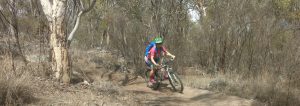


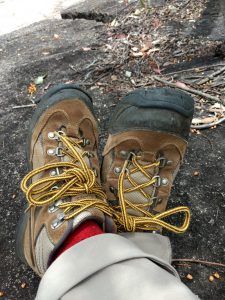
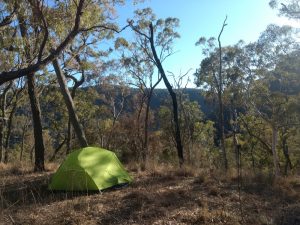

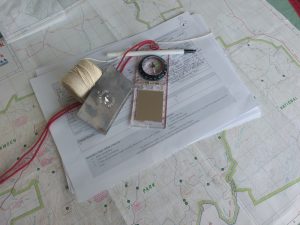

 make the best ‘recipe’ for resilience and happiness – our world is full of distractions and quick-fix ideas. So, here I’d like to offer you some of the action-based ingredients that stand out through the ages and in all parts of world, and that are now backed up by rigorous research. In the next blog I’ll outline some of the very powerful mind-based strategies you can add to your mix to really step into your strength.
make the best ‘recipe’ for resilience and happiness – our world is full of distractions and quick-fix ideas. So, here I’d like to offer you some of the action-based ingredients that stand out through the ages and in all parts of world, and that are now backed up by rigorous research. In the next blog I’ll outline some of the very powerful mind-based strategies you can add to your mix to really step into your strength.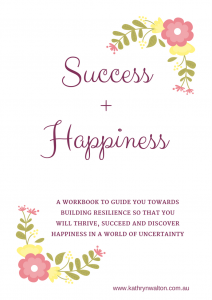 I have an EXCITING OFFER for you!
I have an EXCITING OFFER for you!